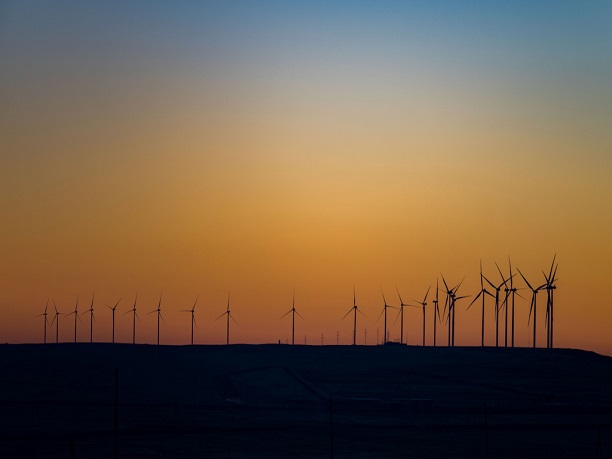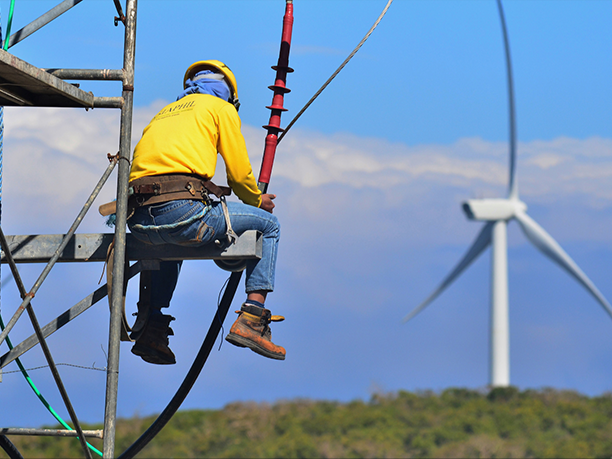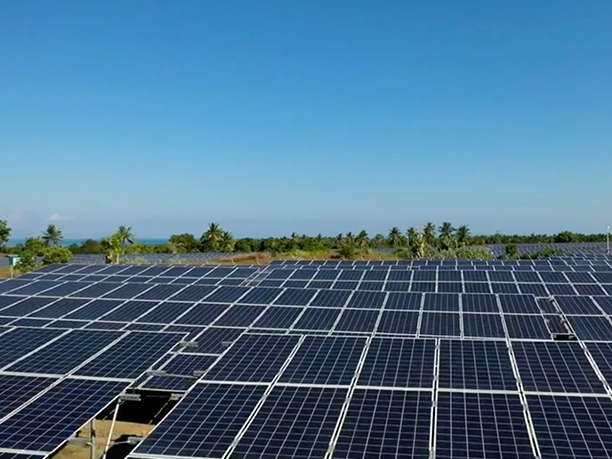The Clean Energy Financing Partnership Facility or CEFPF helps improve energy security in developing member countries and decrease the rate of climate change by financing the deployment of new, more efficient, and less polluting supply and end-use technologies through either grant or nongrant resources. The facility resources are also intended to finance policy, regulatory, and institutional reforms encouraging clean energy development. Potential investments include deploying new clean energy technology, projects that lower the barriers to adopting clean energy technologies, projects that increase access to modern forms of clean and efficient energy for poor people, and technical capacity programs for clean energy.
Trust Funds
Artificial Intelligence and Digitalization Innovation Fund
| Year Established | 2021 |
|---|---|
| Partner | United Kingdom |
| Cumulative Contributions Committed | $12.1 million |
The Artificial Intelligence and Digitalization Fund (AIDIF) was established under the Clean Energy Financing Partnership Facility to accelerate innovative artificial intelligence and digitalization technologies toward commercialization by advancing technology readiness levels through pilot projects.
Asian Clean Energy Fund
| Year Established | 2008 |
|---|---|
| Partner | Japan |
| Cumulative Contributions Committed | $55.7 million |
| Project Commitments | |
| Grants | $14.5 million for 7 projects |
| Technical Assistance | $48.9 million for 38 TAs |
The Asian Clean Energy Fund (ACEF) was established by Japan as part of its initiative of Enhanced Sustainable Development for Asia. It prioritizes activities implemented in cooperation with Japanese aid agencies as part of the first pillar of the Enhanced Sustainable Development for Asia initiative. The fund supports efforts of developing member countries to reduce greenhouse gases through renewable energy and energy efficiency technologies.
Carbon Capture and Storage Fund
| Year Established | 2009 |
|---|---|
| Partner | Global CCSF Institute, United Kingdom |
| Cumulative Contributions Committed | $55.8 million |
| Project Commitments | |
| Technical Assistance | $21.8 million for 13 TAs |
The Carbon Capture and Storage Fund (CCSF) was established with Australia as a new single-partner trust fund under the Clean Energy Financing Partnership Facility. It became a multi-partner trust fund when the United Kingdom joined in December 2012. The fund aims to (i) accelerate the demonstration of carbon capture and storage (CCS) technologies; (ii) identify, lower and/or eliminate general and country-specific technical, regulatory, institutional, financial, economic, environmental, and/or social barriers to CCS technology demonstration; and (iii) identify, eliminate, or mitigate real or perceived risks in CCS capture, transport, or storage technology demonstration. As of 31 December 2022, the trust fund has been physically completed.
The Government of the United Kingdom committed £35 million to the Carbon Capture and Storage Fund with the Memorandum of Understanding dated 6 December 2012. By the fourth amendment to the MoU, it was agreed and executed with UK and ADB to complete the remaining project activities and to terminate the CCSF agreement by 31 December 2022.
Canadian Climate Fund for the Private Sector in Asia
| Year Established | 2013 |
|---|---|
| Partner | Canada |
| Cumulative Contributions Committed | $77.3 million |
The Canadian Climate Fund for the Private Sector in Asia (CFPS) was established in March 2013. The fund aims to catalyze greater private investment in climate change mitigation and adaptation in Asia and the Pacific. It seeks to play a key role in helping overcome leading-edge technology risks and cost hurdles to initiate and scale up projects to reduce greenhouse gas emissions and increase climate resilience. The fund is ADB’s first concessional debt cofinancing facility specifically oriented to support private sector operations to combat climate change.
Clean Energy Fund
| Year Established | 2007 |
|---|---|
| Partner | Australia, Norway, Spain, Sweden, United Kingdom |
| Cumulative Contributions Committed | $131.8 million |
| Project Commitments | |
| Grants | $36.8 million for 17 projects |
| Technical Assistance | $72.7 million for 70 TAs |
| Direct Charges | $5.8 million for 63 activities |
The Clean Energy Fund (CEF) is a multi-partner trust fund established in April 2007 under the Clean Energy Financing Partnership Facility. The facility aims to improve energy security in developing member countries and decrease the rate of climate change through increased use of clean energy. Resources from the fund and clean energy trust funds are used to finance operational expenses related to eligible projects in the form of foreign exchange and/or local expenditures for goods, works, and services from ADB member countries, following ADB’s applicable guidelines and procedures.
Energy Transition Mechanism Partnership Trust Fund
| Year Established | 2022 |
|---|---|
| Partner | Germany, Japan |
| Cumulative Contributions Committed | $56.5 million |
| Project Commitments | |
| Technical Assistance | $1 million for 1 TA |
The Energy Transition Mechanism Partnership Trust Fund (ETMPTF) is a multi-partner trust fund under the Clean Energy Financing Partnership Facility. It mobilizes resources for the Energy Transition Mechanism, which aims to catalyze public and private capital to accelerate the transition from carbon-intensive coal-based power plants to clean energy in ADB developing member countries (DMCs). The fund seeks to accelerate the retirement of coal plants and transition DMCs to clean energy to reduce greenhouse gas emissions.
News
The Energy Transition Mechanism (ETM) has achieved significant progress since the launch of the ETM Southeast Asia Partnership at COP26. A broad range of developments over the past 12 months has supported the progress of the ETM program.

ADB and Indonesia Partners Sign Landmark MOU on Early Retirement Plan for First Coal Power Plant Under Energy Transition Mechanism
ADB and key partners in Indonesia signed a memorandum of understanding to jointly explore the early retirement of the first coal-fired power plant owned by an independent power producer under ADB’s Energy Transition Mechanism.




